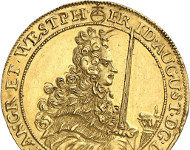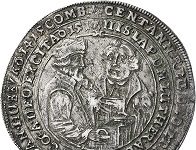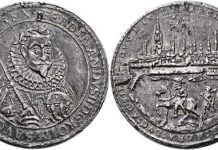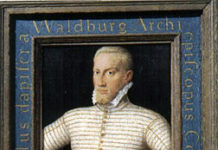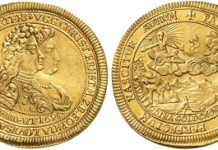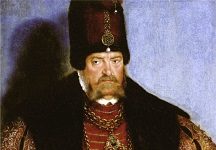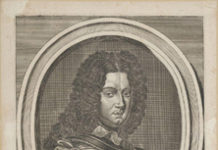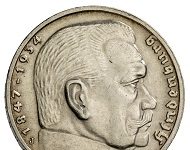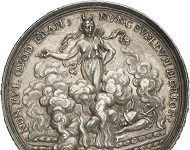The Polish Adventure of August the Strong
Frederick August I, August the Strong, as he loved to call himself, was highly gifted and ambitious. “Little” Saxony was not enough for him, he wanted to join the game of international politics. A splendid opportunity occurred in 1696 when the Polish King had died…
Reformation jubilees – a journey through the centuries
Künker will auction a major collection of coins and medals related to the Reformation on September 27, 2017. Using this material, this article shows the extent to which politics of the past centuries used Luther and the Reformation jubilee for their own purposes.
The hunting prince
Why do so many Baroque coins and medals refer to hunting? This question comes to mind due to the Hirsch Nachf. sale 333 on September 21, 2017, in which the collection of a hunter (and collector) will be auctioned off. It contains a large variety of Baroque hunting scenes.
The Siege of Strasbourg
During the 16th century, cathedral chapters were fiercely contested between the Catholics and Protestants. The 1592 bishop election of Strasbourg illustrates this sectarian conflict especially well by reference to several siege klippes.
Gold from Goldkronach
For centuries the mines of Goldkronach were extremely profitable. But then their abundance ebbed away. The Bavarian Kings were not willing to accept that and planned huge investments. A coin will tell you, what happened then.
Joachim II and his Jewish court factor
On February 1, 2017 the auction house Künker offers the top items from the Gunther Hahn Collection “Brandenburg-Preussen” as part of its Berlin Auction. They include some extremely rare coins of Joachim II who relied on Lipman ben Juda to conduct his financial transactions.
Charles, Landgrave of Hesse: Creator of the Military Power of Hesse
An extremely rare double ducat made of Eder-gold will be sold at Kunker’s on October 30, 2012. It reminds us of how poor of natural resources this region once had been. Hence, Charles created a resource of his own: his army.
Human faces, part 49: Hindenburg
Why was the human head the motif on coins for centuries, no, for millennia? And why did that change in the last 200 years? This episode looks at the late years of a famous military leader: Paul von Hindenburg.
The Coins of Medieval Mainz
On 21 March 2018 auction house Künker will auction off the Dr. Michael and Dr. Adelheid Loos collection of coins and medals from Mainz. This presents a great opportunity to tell the story of the city in medieval times based on the coins.
The age of alchemy
The wonders of alchemy enthralled the smartest men of early modern times. An impressive testimony to his passion is a silver medal, which will be auctioned off at the upcoming Künker Fall Auction on September 28, 2016.



